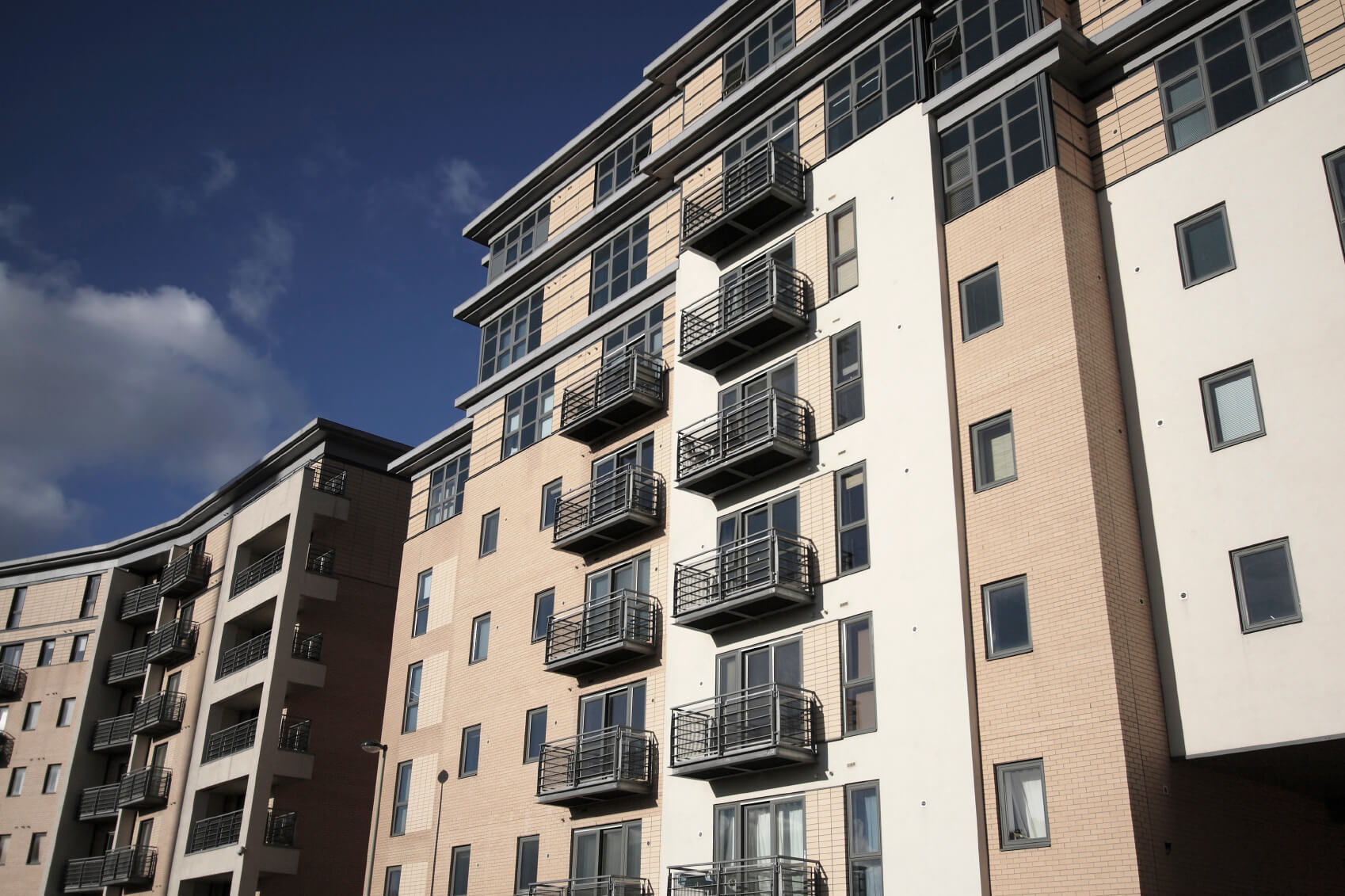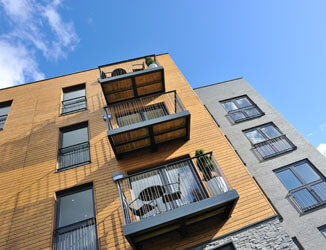The Prime Minister tells us in her foreword to the long-awaited Social Housing Green Paper (published this week) that “major reform of social housing is needed”. The Green Paper sets out the Government’s proposals for reforming the sector and launches a consultation process. Its emphasis on the importance of social housing will be welcomed by the sector, but there are more questions than answers at this stage. We take a look at our top five questions below.
1. How and when will the Regulatory Framework be updated?
The Green Paper seeks a full review of the regulatory framework. In particular, it focuses on the Regulator’s enforcement of the consumer standards, which is currently limited to instances of “serious detriment” to tenants. The Government is seeking consultation on lowering this threshold, and expanding the Regulator’s powers to enforce these consumer standards to more closely reflect its powers to enforce the economic standards. A number of changes are also suggested to address “an imbalance in the relationship between residents and landlords”, and give residents greater control over the services provided to them.
More generally, the Government asks whether the current approach of “co-regulation” is the right one for social housing. Changes are also suggested to enable the Regulator to take a “more rigorous and proactive approach to enforcement”.
Clearly, it is not a case of whether the Regulatory Framework will be updated, but how and when. Our question is how it will be ensured that such changes are ones that will work in practice, going forwards – for the regulator, the regulated, the funders and the residents themselves. The balance will be tricky. For example, the Green Paper admits the challenge in giving residents greater choice and control over day-to-day services, whilst recognising the need for registered providers of social housing (RPs) to retain control of quality, safety and value for money.
2. League tables: how will “key performance indicators” be measured and enforced?
The Green Paper proposes Ofsted style regulation of tenant services, and suggests introducing “key performance indicators” (KPIs) for RPs, including on repairs, building safety, complaints handling, engagement with residents and neighbourhood management. It is suggested that RPs should submit evidence of compliance with such KPIs to the Regulator on an annual basis, with the results made publicly available in league tables.
Principally introduced as a way of enabling residents to assess their landlord’s performance, the paper also suggests ways the Regulator might use the league tables – including linking them to RPs’ governance ratings, and using them to assess whether intervention is required for repeated failings. It is suggested that league table rankings may also affect RPs’ success in bids for affordable housing grants and strategic partnerships.
Clearly, greater transparency and increased powers for the Regulator to apprehend bad landlords is welcome. However the practical application of this proposal raises a lot of questions: most significantly, how will such KPIs be measured and standardised? Whilst most RPs already produce information on the measurements proposed, a standardised approach would be crucial for any comparative league table to be meaningful and fair, particularly given the possible consequences of having a lower-than-expected league table position, such as regulatory downgrade and/or bid failure. Equally, the practical outcome for residents of access to such information will need to be clarified, as will the extent to which league table results would become important for funders to the sector.




